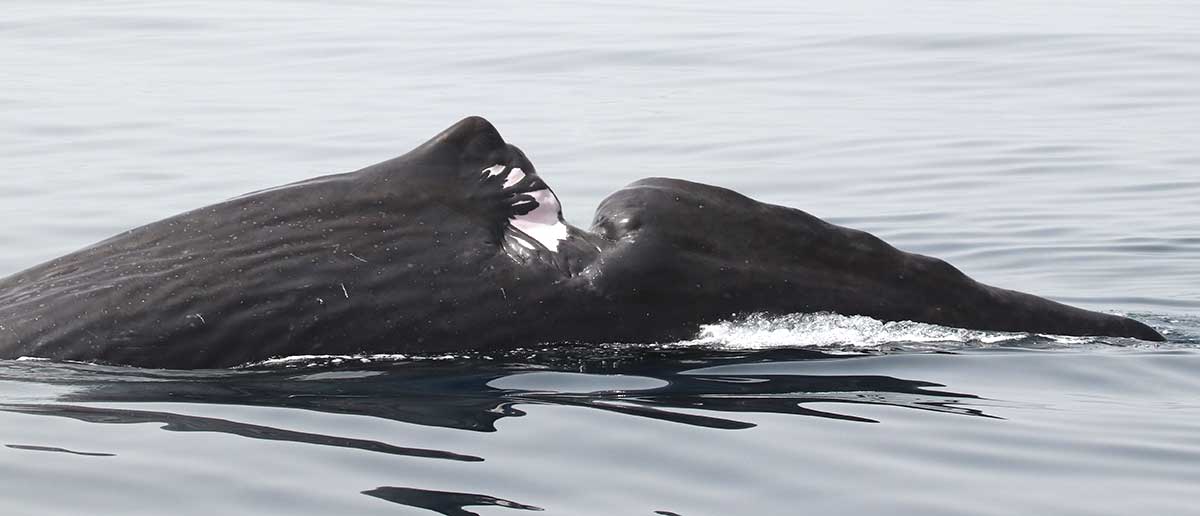Traffic and Collisions
The Mediterranean Sea is among the busiest in the world, and maritime traffic is growing steadily, along with concern about its potential impacts on marine wildlife.
Thirty percent of all international maritime traffic passes through the Mediterranean basin; at any time, about 2,000 merchant ships of 100 tons or greater pass through it, for a total of 200.000 vessels each year.
Commercial traffic poses a significant risk to slow-swimming and large species, such as fin and sperm whales.
Various types of ships (fast ferries, oil tankers, or cargo ships) are involved in the accidents. The size and speed of the vessels may be directly related to the severity of injuries on the animals.
Intense ship traffic can have a direct effect on several cetacean species (fin, sperm, beaked whales, bottlenose dolphin) as injury, death, stress, and behavioral alterations.
Vessel density can also cause chronic effects (e.g., changes in distribution) that can affect long-term populations.

The number of ships and the speed at which ships travel is continually increasing, which means an increased risk of collisions and injuries to cetaceans, particularly where shipping activities overlap with the critical habitat of these animals.
To animals that are not killed immediately, a collision can result in horrific and serious wounds; blunt trauma resulting in severe internal damages, deep propeller scars, dorsal spines, severed tails, and fins are just some of the injuries recorded in live and stranded animals that have been victims of collisions. A cetacean that suffered a severe injury from a ship strike often undergoes a slow and painful death.

Some populations are more vulnerable to attack by ships, particularly those located near developed coastal areas or those found abundant in areas with large volumes of maritime traffic.
In our study area, which is recognized as both an Important Marine Mammal Area (IMMA) and a Marine Protected Area (MPA), specific measures need to be imposed given the high density of the species.
These concrete measures should include modifying shipping routes and reducing speed.

While collisions are a known cause of mortality for larger cetaceans, not much is known about their impact on smaller cetaceans such as dolphins.
Over time, our study has confirmed that collisions are also a risk for dolphins. Several photo-identified individuals show injuries attributable to impact with speedboat propellers.
Young individuals, such as the juvenile striped dolphin in the photo, are particularly at risk.
Commercial and passenger traffic (ferries, fast ships, and hydrofoils) in the Gulf of Naples and nearby Phlegrean Islands (Ischia, Procida, and Vivara) exceeds 200000 trips/year, and up to 2000 recreational boats may be moored during the summer in the ports of Ischia.
